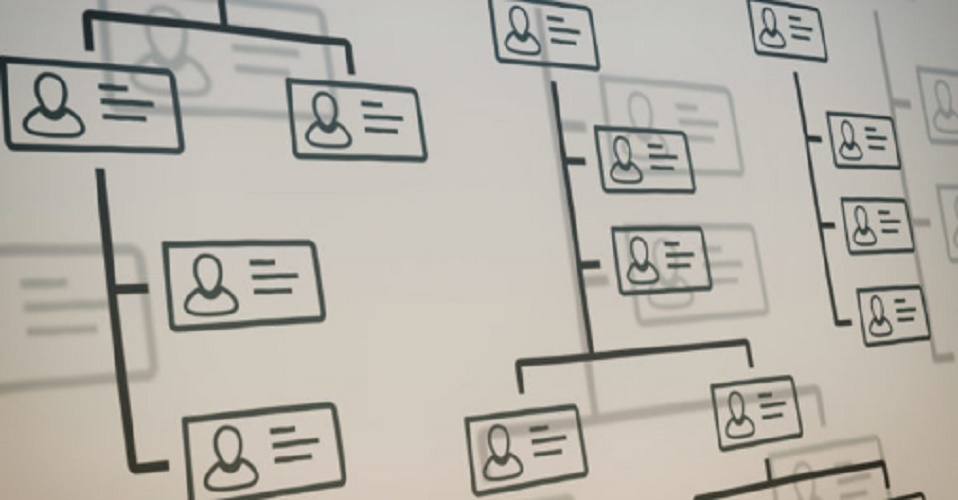What is Organization Chart?
We explain what an organization chart is and what this graphic representation is for. In addition, the types of organization chart that exist.
-
What is Organization Chart?
The organizational chart is a graphic representation of the skeleton of an organization , showing the hierarchical positions. The organization chart allows you to get a quick idea of how a company , cooperative or non-profit organization is organized , whatever the type of organization the organization chart is valid.
If at the time of designing the organization chart it is not carried out in a faithful way to reality , confusion could be generated regarding the organization’s decision making , authorizations and similar issues.
-
What is the organization chart for?

An organizational chart fulfills two main functions:
In the first place, it is informative , since the new members of the company will serve them or also the older ones who have forgotten some position.
Secondly, it is a tool for organizational analysis, since as an analysis instrument it will serve to detect flaws in the structure , in an organizational chart we clearly see each unit or department and the relationship with other units. Thus, if something is working poorly, we can study the graph to understand and thus solve a situation.
It is very easy to create an organizational chart, usually this is done at the same time that an organization is born to make clear the hierarchical positions and the organization of the company, when an organization has been created and does not have an organization chart or when the organization is created, You already have your organization chart but you need changes or readjustments. It is important that this representation of the company be kept up to date, it cannot be something static.
-
Organization Chart Types
There are three types of organizational charts:
- Analytical flowcharts . They are specific, provide detailed information and can complement other sources of information .
- General flowcharts . This type of organization chart shows only the most important units, they are called by that name because they are the most common.
- Supplementary organization charts s. They are those used to analyze a particular department and serve as a complement to those of the first type.
According to their geometric shape , they can be: vertical (the most common), horizontal (starting from the left as the head), scalar (no boxes are used for names or positions) and concentric or circular (the highest hierarchical ranges are in the center of the circle and while they lower the hierarchy, they move away from it).
Depending on their nature , they can be: micro-administrative (from a single organization), macro-administrative (more than one organization) or meso-administrative (one or more organizations from the same sector of activity are taken into account).
According to their purpose , they are classified into four other types: informative (they aim to be available to the public), analytical (analyzes certain characteristics of an organization), formal (it is approved by a major body in the institution) and informal (Unlike the previous type, this is not approved by a directory).
Depending on their scope , there are two types of organizational charts: general or specific .
According to its content , we have three types of organizational charts: integral (they represent the relations between units), functional (they include the main functions of each department) and of position, place and units (leave the positions occupied and the number of employees required by positions).





